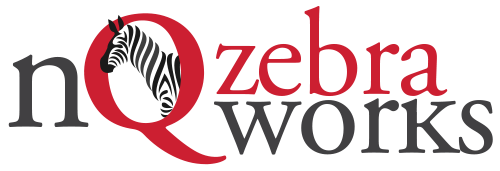Are you doing things the same way because that’s how you always did it? We all know the story of cutting the ends off the roast because that’s how Grandma did it only to find out she did it because the pan was too small to fit the whole roast. There are many analogies like this, I’m sure you can tell me a few, so why do we still do them?
99% of the time, because it’s easy and it’s comfortable. It’s so much easier to act on the status quo versus a new way of doing or thinking about things. However, in the era of Work From Anywhere and distributed work, law firms no longer have the luxury of leaning on “that’s how we’ve always done it.”
Case in point? Scan to email. Now I know what you’re thinking – do I really want push back from users because that’s how they always did it and what else are we supposed to do in a hybrid workforce? How can I easily facilitate attorneys and LAAs to collaborate on something scanned if it’s not easily accessible?
Let me clarify: scan and email isn’t necessarily bad, it’s HOW you scan and then email that poses challenges, both in efficiency and security.
So why is simply scanning to email bad?
- One word: copies. If you’re scanning material to email, there’s no accounting for how many copies get created or sent, reducing efficiency and clear ways of collaborating.
- It’s challenging to put process in place around scan-to-email to properly profile documents in your DMS.
- There’s no governance or oversight – once it’s in email, it’s like it went into a black hole.
- Most people never delete email – they just keep it in their inbox, effectively growing the size of your Exchange storage (a CIO once described it to me as cholesterol for Exchange).
What should I be doing instead?
- Scan from the MFD directly to DMS – ScanQ offers safe and secure connectors to document management systems such as iManage and NetDocuments. Our integrations extend the discipline of your DMS and our newest version even supports the native proxy function thru the DMS. Users can scan directly with very few clicks in an intuitive interface.
- Scan to a workflow – Our innovative Queues technology offers a robust set of tools back at your desktop. A user simply walks up to the MFD and clicks on the button to direct the scan back to their Queue which can be shared with their LAA or other people working on a case or a department such as Finance. Queues are accessible via your browser and offer full functions such as routing to your DMS, email or another user.
- Queues for Outlook – The best user experience is the one attorneys and legal professionals are already using, and that’s Outlook. Queues for Outlook give attorneys a convenient and secure way to instantly access and review their scanned documents without ever leaving Outlook. Scanned materials arrive via an email link, so we aren’t clogging up your inbox with large attachments.
- Centralized scanning – create a Cover Sheet and pass the scan to a dedicated person in the copy center. For large scans it doesn’t make sense for a LAA to stand at the MFD, and you wouldn’t want your Records Manager to scan entire boxes of closed files, yet in both cases it makes sense to have the most knowledgeable person create the destination and have a dedicated copy center employee do the scanning.
Read more on the Problems with Scanning Directly to Email.
Author



